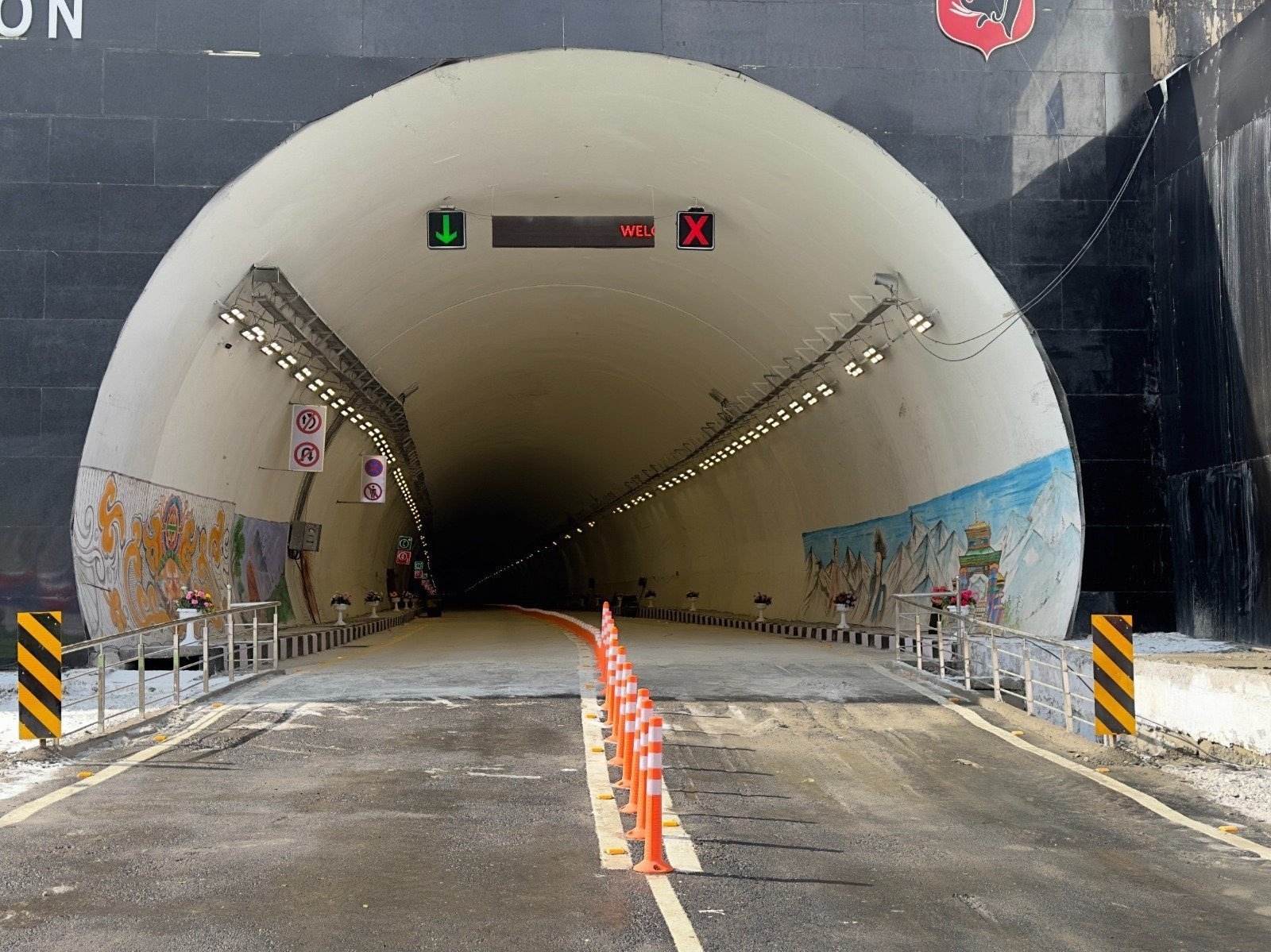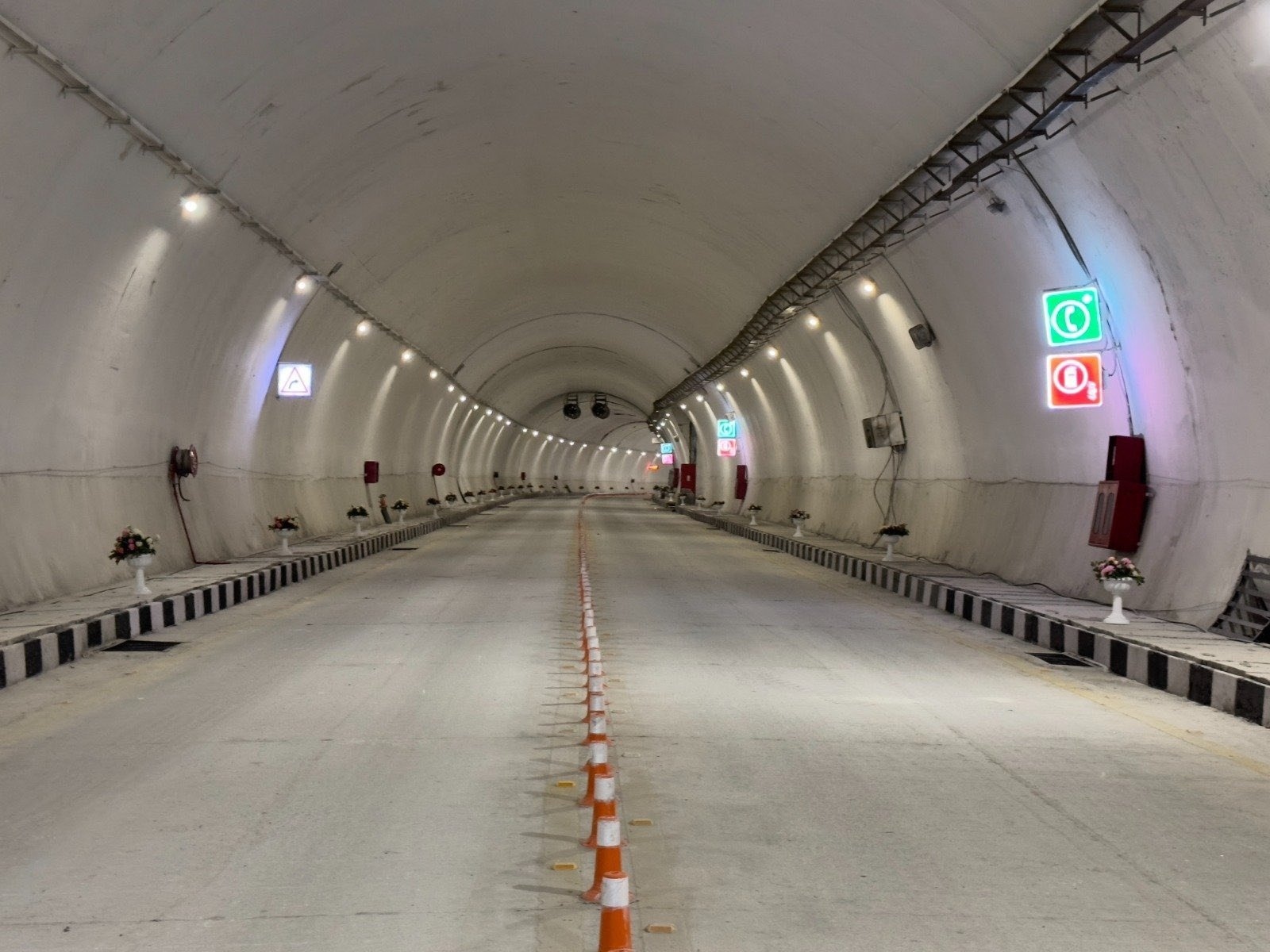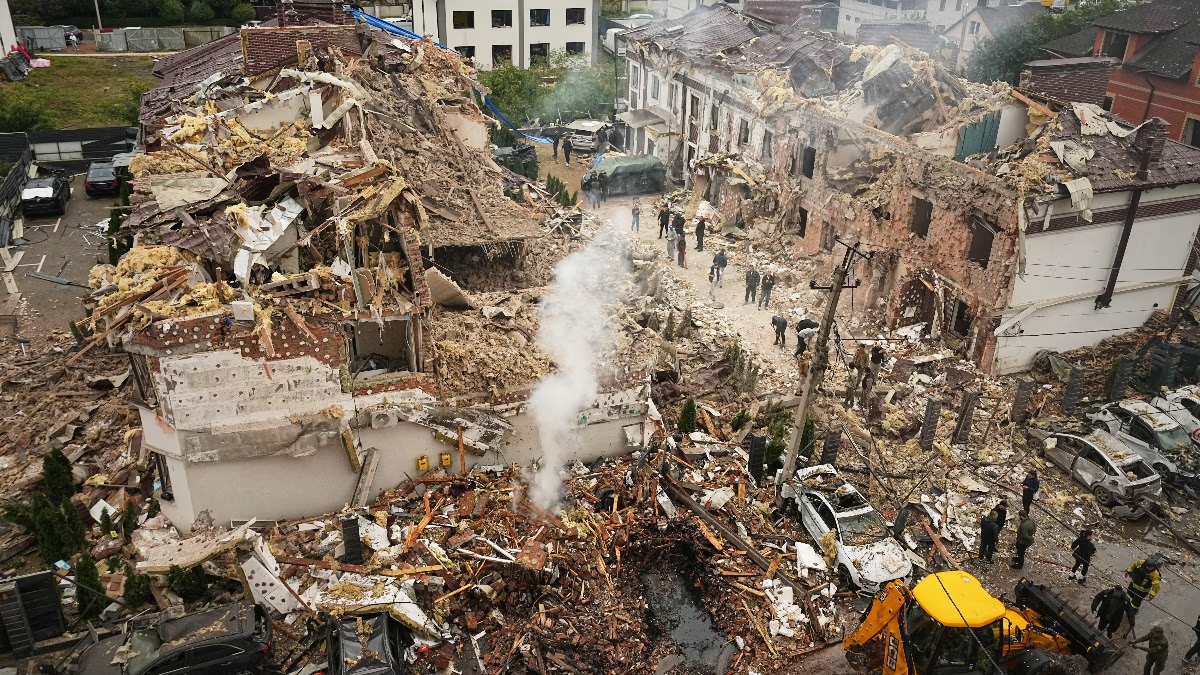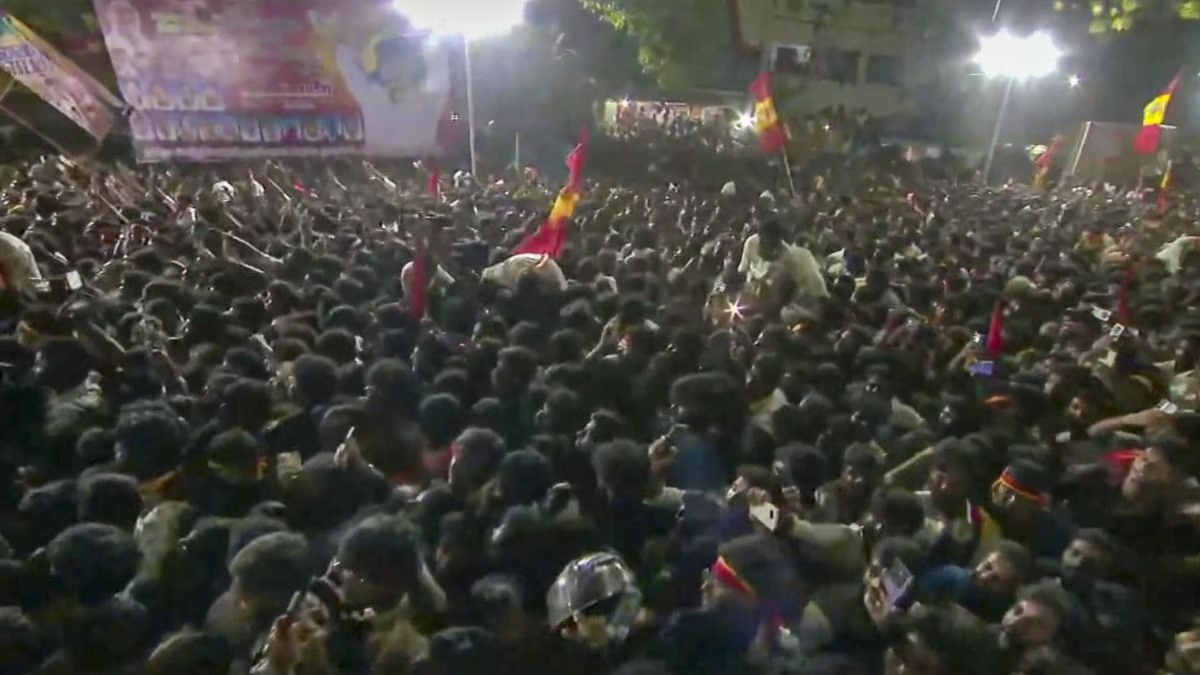Last Saturday, Prime Minister Narendra Modi unveiled the 'Sela Tunnel' in Arunachal Pradesh, the world's longest double-lane mountain tunnel at this elevation.
Perched at a breathtaking altitude of 13,700 feet, the tunnel holds strategic significance. Nestled in the Arunachal landscape, it connects Tezpur in Assam with Tawang, built by the Border Roads Organization (BRO).
Laid down by Prime Minister Modi in February 2019, this tunnel promotes connectivity in the northeastern terrain. During its inauguration, PM Modi hinted at the construction of more tunnels in the region.
Spanning across the Sela Pass, it ensures all-weather connectivity on the Balipara-Charduar-Tawang road in Arunachal Pradesh.
What Sets Sela Tunnel Apart?
The two-tunnel project stands tall at 12 kilometers in length, including a single-tube tunnel extending 980 meters and a twin-tube tunnel running 1.5 kilometers, constructed at an approximate cost of ₹825 crores. A link road of 1.2 kilometers was also developed.
The twin-tube tunnel boasts two lanes for traffic, enhancing operational efficiency and safety with one lane dedicated to emergency situations.
The initial stretch towards the first tunnel is approximately seven kilometers. With its completion, time savings are expected to be immense, reducing the journey by around 90 minutes.

Source: aajtak
A Safety Fortified Tunnel
Sela Tunnel not only transforms travel time but is also designed with passenger safety in mind. It includes state-of-the-art ventilation, lighting systems, and a fire brigade system.
This feat of engineering will accommodate the daily transit of around 3,000 small vehicles and 2,000 heavy trucks.
A Strategic Milestone
The tunnel’s proximity to the China border will trim the distance by a vital 10 kilometers, making it a crucial point of access to the Line of Actual Control (LAC). It thus facilitates quicker military deployment if necessary and ensures steady supply lines irrespective of severe winter conditions that earlier hampered logistics.
Pre-tunnel, the Sela Pass closure during winter isolated Tawang, compelling the use of the Balipara-Chariduar route (Assam), now the past. With the ability to transport heavy artillery, tanks to Tawang in all weathers, it marks a strategic edge over monitoring from China, ensuring security and operational secrecy.

Source: aajtak
Tawang's Strategic Importance
A locale marking past India-China military confrontations, Tawang's cultural and strategic significance contrasts with its sublime Buddhist significance. Its notable monastery is hailed as the largest in Asia. The 1914 Shimla Accord recognized Tawang within Arunachal, yet China continues to claim it as part of Tibet.
During the 1962 war, Chinese forces temporarily captured Tawang, followed by frequent face-offs, including the latest skirmish in December 2022. The tunnel ushers in a new era of mobility and security, hardening India's stance in this crucial borderland.
To further bolster infrastructure along the border, the Indian government is rapidly advancing the 'Arunachal Frontier Highway' project, a strategic roadway stretching 2,178 kilometers along the Chinese border, anticipating an investment of over ₹40,000 crores.




